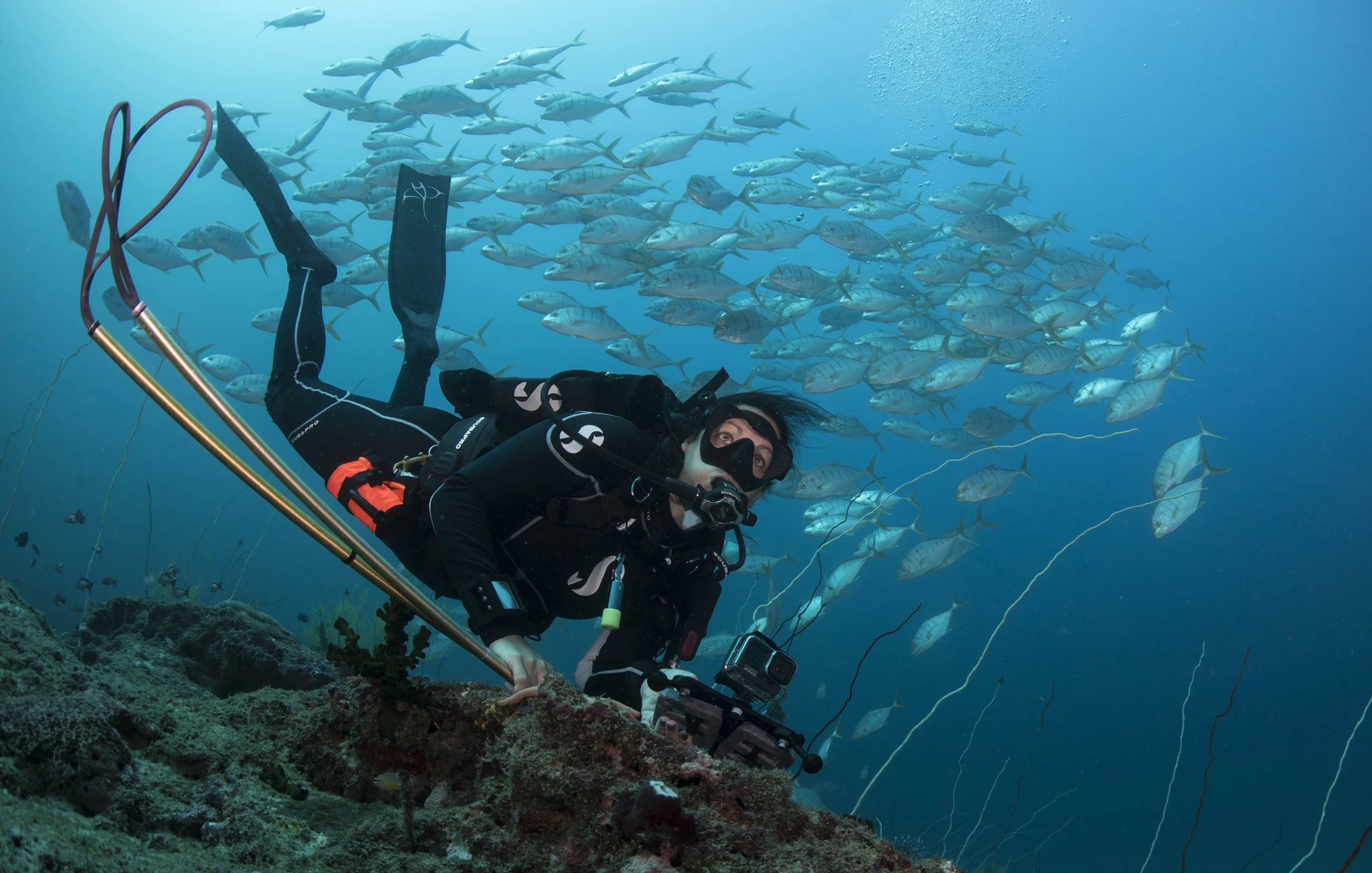< back
Meet Ladybug the Manta Ray
Ladybug is a female manta ray measuring 11.5-13ft (3.5-4m) in disc width, first photographed 10 years ago in the Bazaruto Archipelago National Park and re-sighted two months later almost 200 miles south in Zavora. Since then, she's mostly been seen near Zavora, though she's happy to swim 50 miles for a change of diet and scene. Like most reef mantas in Mozambique, Ladybug has had encounters with predatory sharks, and bears an old healed bite wound on her right side. Ladybug has resumed her far-ranging ways in 2023, recently spotted up near the Bazaruto Archipelago again; this time she appeared pregnant, so hopefully we will see a Ladybug pup soon!
Explore the sections below to discover more about Ladybug’s habitat and MMF’s groundbreaking work to protect manta rays.
Mozambique
Birthplace of MMF and Global Manta Research
Mozambique is the birthplace of both MMF and of manta ray research globally. MMF has been conducting pioneering research and conservation along Mozambique’s southern coastline since 2003. Mozambique is home to the largest documented population of manta rays in Africa, but unfortunately, it has also experienced the largest documented decline of manta rays in history.
At the forefront of manta research globally
With up to a 95% loss of mantas along the coastline, Mozambique has become an incredibly important case study to encourage the protection of manta populations globally. The data from this study has been used to propel the conservation of mantas forward around the world. Through their uninterrupted, two-decade-long observatory research program, MMF has authored many seminal scientific papers on mantas, including their reproduction, natural predation, behaviors, feeding locations and more, all of which have been disseminated to local government to help support ongoing marine conservation efforts.
Mantas are remarkably curious and friendly animals! Here, a manta playfully swoops up in front of MMF founder, Dr. Andrea Marshall.
Dr. Marshall takes position as she waits for mantas to swim past. Studying mantas requires loads of equipment. Here, Dr. Marshall carries tagging equipment and a remote GoPro mount, which enables her to spy on their natural behavior without distracting them in any way.
Remote cameras serve as underwater eyes, capturing natural manta reef activities and interactions between individuals and other species, especially shyer sea creatures that hide in the presence of humans!
Inspiring the next wave of ocean protectors
Manta rays are true icons of the ocean and are a highly intelligent species with the largest brain of any marine fish. Due to their iconic status and economic value via tourism, they can help spearhead major efforts to protect coastlines. Manta rays are migratory and require a great deal of space, so by safeguarding these large seascapes for them, it helps to ensure that all the smaller animals within these big marine areas are protected too. To encourage the next generation of ocean protectors, MMF has created Ocean Guardians, a UNESCO-recognized education program designed to teach children and young adults about the importance of marine conservation.
The Ocean Guardians program aims to educate children about marine animals so that instead of fearing them, they love them and want to protect them.
The Ocean Guardians program provides swimming lessons to kids, many of whom have never had the chance to learn to swim, let alone experience the beauty underwater. Ocean Guardians gives them the confidence to enjoy and love the ocean!











